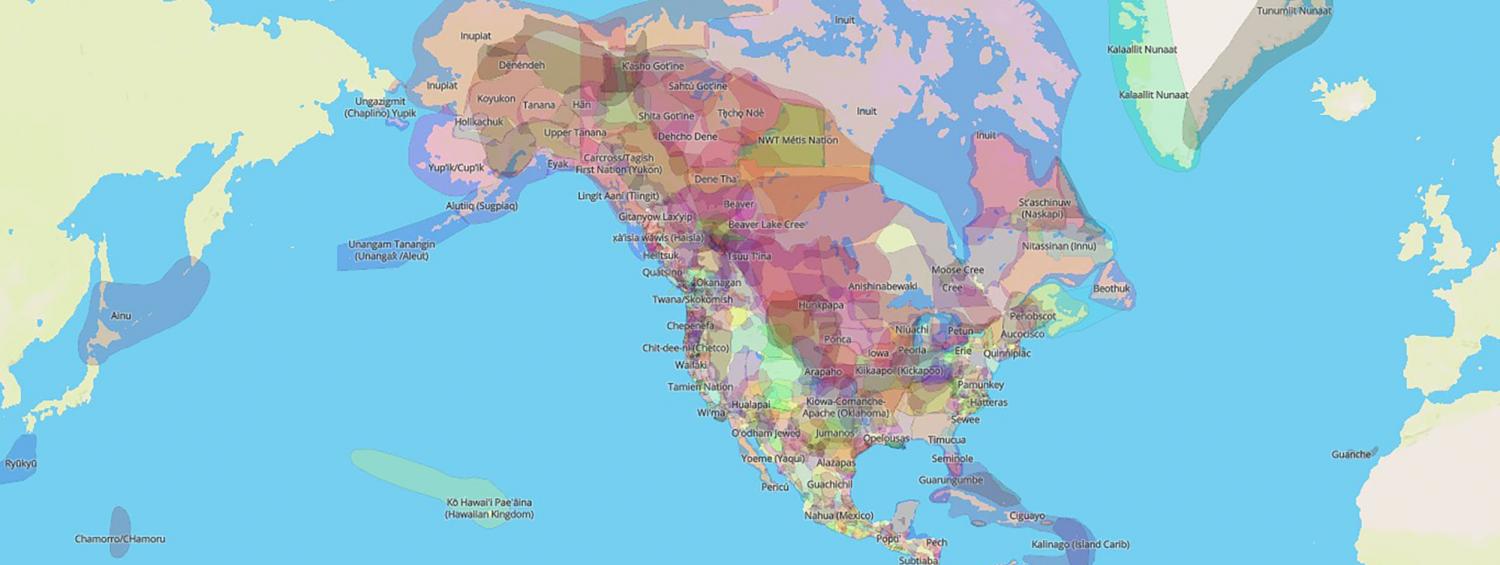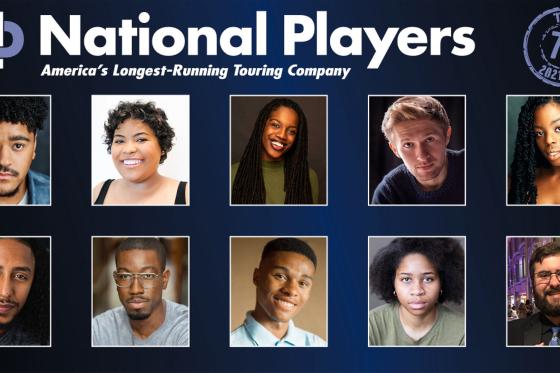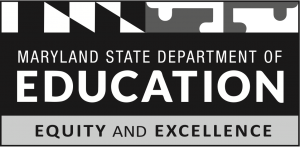On Friday, October 1st, Olney Theatre Center unveiled its Land Acknowledgement, preceding the opening night of Thanksgiving Play by Larissa FastHorse. Over the past decade, more and more institutions have chosen to recognize and respect the Indigenous Peoples who serve as traditional stewards of the land they now occupy through a formal Land Acknowledgement. While it is only a small step in healing centuries-old wounds, it demonstrates the enduring relationship that exists between Indigenous Peoples and their traditional territories
Olney Theatre Center is situated on unceded land that is the ancestral home of the Piscataway Conoy Tribe. There are approximately 25,000 self-identified Piscataway tribe members currently living in Maryland. As a non-profit arts institution, we are committed to reflecting the community we serve, and creating partnerships with the Piscataway tribe people and Urban Indian communities to highlight the continuing contributions of native artists and create pathways between Indigenous peoples and Olney Theatre Center. You can read Olney’s full Land Acknowledgement here.
This new Land Acknowledgement coincides with Olney’s production of Thanksgiving Play, a comedy about “white wokeness” by Sicangu Lakota playwright Larissa FastHorse. The play pokes fun at an undaunted theatre teacher, desperately trying to create a culturally sensitive play celebrating Thanksgiving: one that challenges stereotypes, meets all the requirements of a Native American Heritage Month grant, and pacifies the parents. Amidst this current reckoning on the intersection of theatre and Native American history, Olney Theatre is committed to sharing information and resources on Indigenous issues, both past and present.
About the Piscataway Conoy Tribe
Olney Theatre Center sits on Piscataway (pronounced: puh - ska - tuh - way) land, which belongs to the Piscataway Conoy Tribal Nation, or "the people where the rivers blend." As of 2012, the Piscataway is one of three Maryland State Recognized Tribes, along with the Piscataway Indian Nation and the Accohannock Tribe. Their website states, “Our primary goal is to our community. Our tribal citizens and their needs have been ignored dating back to that of the first settlers and continuing through our first tribal council after Maryland State Recognition.” The tribe keeps its community updated through its active Facebook page.
The Piscataway Conoy Tribe accepts donations through their Paypal account, @throughpiscatawayeye. They ask that along with any donation, you delineate one of the following categories:
- Education/Student Loan Repayment
- Healthcare/Dental
- Housing/First Time Home Buyer Assistance/Assistance with Property Tax Payments for our Elders
- Land Back/Helping to Build a Piscataway Conoy Tribal Cultural Center
- Where We Deem The Greatest Need Is
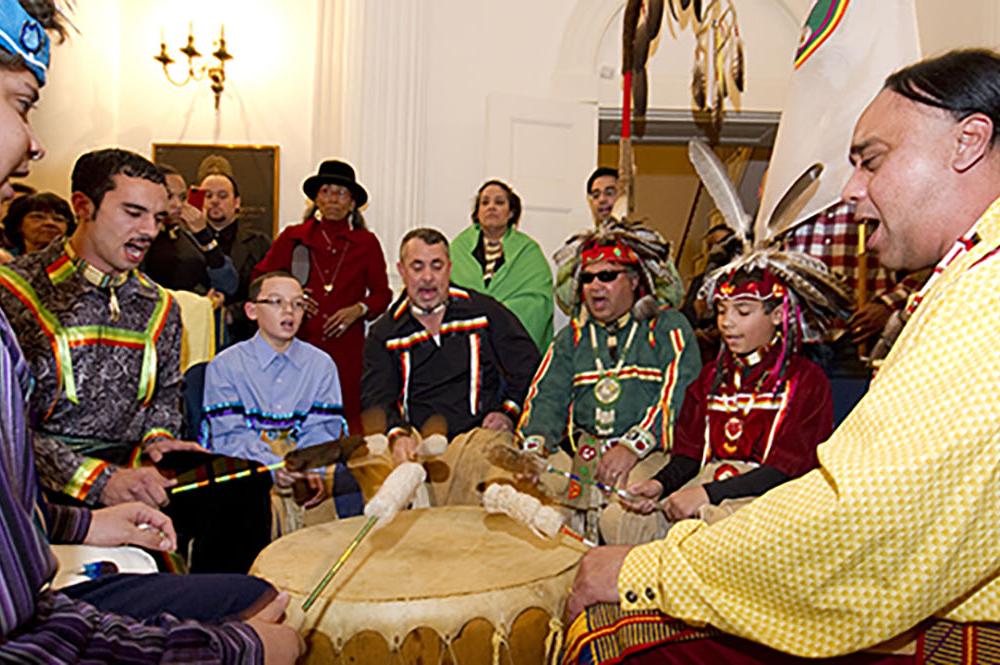 Image credit
Image credit
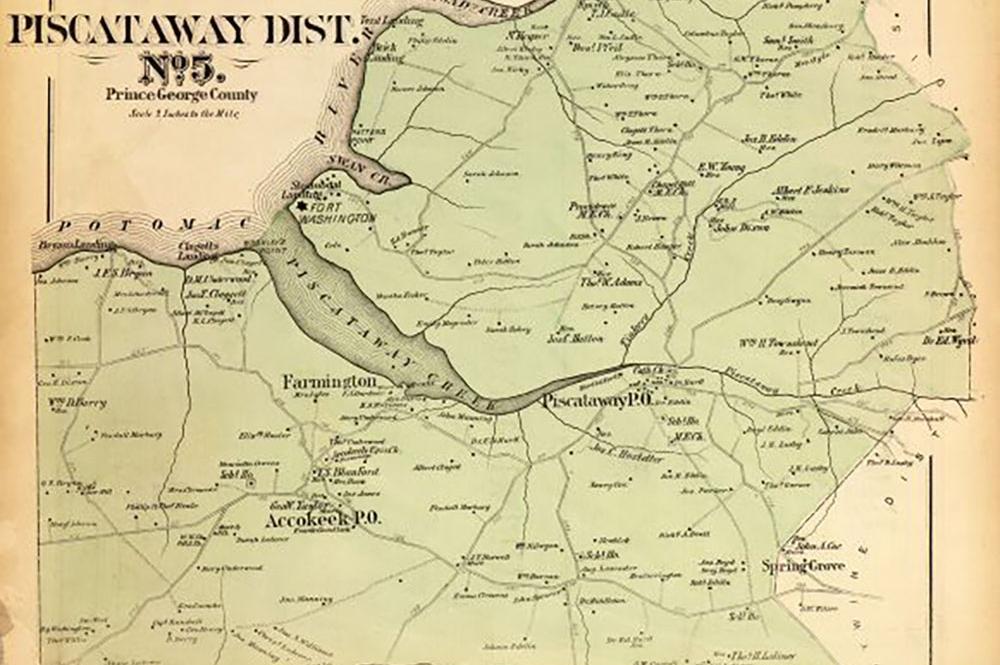 Image credit
Image credit
Native Land Digital
Native Land Digital is a Canadian not-for-profit organization, incorporated in December 2018. It is Indigenous-led, with an Indigenous Executive Director and Board of Directors who oversee and direct the organization. The organization strives to create and foster conversations about the history of colonialism, Indigenous ways of knowing, and settler-Indigenous relations, through educational resources such as its map and Territory Acknowledgement Guide.
The Native Land map strives to map Indigenous territories, treaties, and languages across the world in a way that goes beyond colonial ways of thinking in order to better represent how Indigenous people want to see themselves. Native Land provides educational resources to correct the way that people speak about colonialism and indigeneity, and to encourage territory awareness in everyday speech and action. There are a number of ways to use Native Land; directly by entering your address, or by mousing or clicking around on the map to see the relevant territories in a location. Once you click, a number of links will appear with different nation names. By clicking on those links, you will be taken to a page specifically about that nation, language, or treaty, where you can view some sources, give feedback, and learn a little more. You can also export the map to a printable image file, turn map labels on or off to see non-Indigenous borders and towns, and select or search from a dropdown of territories, treaties, and languages.
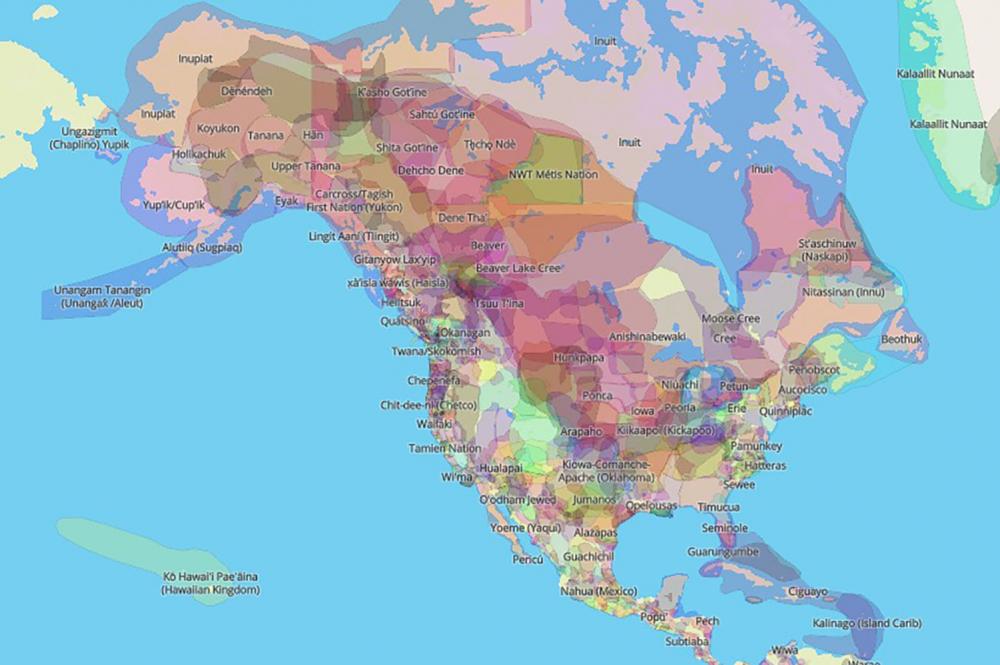 Image credit
Image credit
Guide to Indigenous DC
“Guide to Indigenous DC” is a free app developed by George Washington University’s AT&T Center for Indigenous Politics and Policy, with support from the American Indian College Fund, a higher education scholarship organization for Native peoples. It includes a walking tour map and guide emphasizing Native Americans’ contributions to the capital, and teaches users about the Native homelands upon which the District of Columbia was built.
The publicly-facing Guide contributes to tribal historic preservation efforts in Washington, DC, and serves as a resource to primary, secondary, and university-level educational institutions in the city and surrounding areas who can use the guide in conjunction with field trips and curriculum. Tribal leaders and organizations who travel to the capital for business will find value in this tool as an educational and culturally-relevant activity. The Guide also encourages millions of tourists who visit Washington, DC to remember the importance of Indigenous peoples to our shared national history and raises awareness of the role of Indigenous peoples to ongoing political processes and current events.
Developed by the AT&T Center for Indigenous Politics and Policy at George Washington University and in partnership with the American Indian and Alaska Native Tourism Association, the Guide was created in close collaboration with scholars, historians, and members of the local Native community who have institutional knowledge of key events and locations.
Other Resources
Places to Donate
What You Can Do
-
Follow the Senate Committee on Indian Affairs and/or the House Committee on Insular Affairs
-
Write Congress to ask your Representatives to support initiatives being considered for the benefit of Tribes
-
Follow tribal issues by reading the leading online newspaper for tribal news, Indian Country Today
-
Check out Ashley Minner, a local Lumbee artist, historian, and author who is actively curating and presenting community projects about Lumbees in Baltimore
